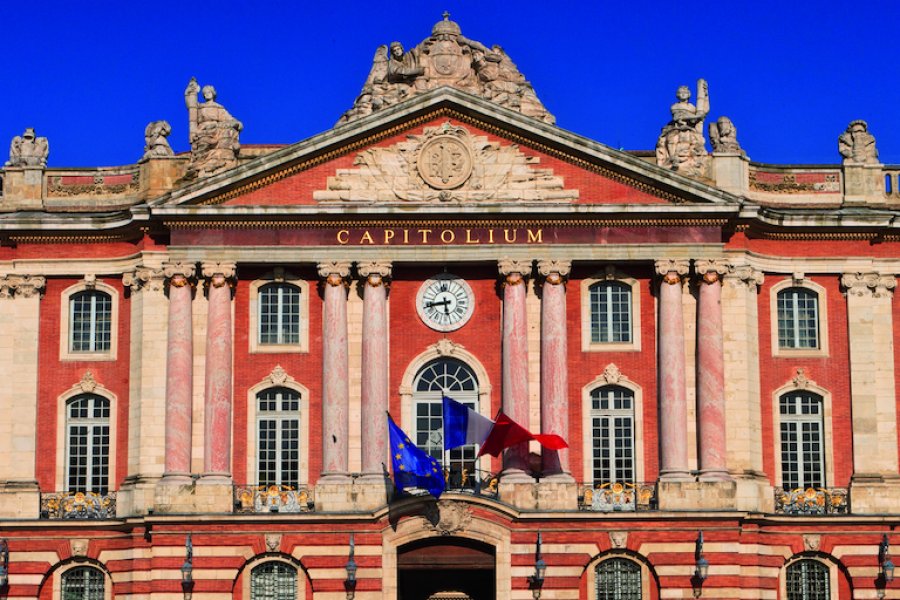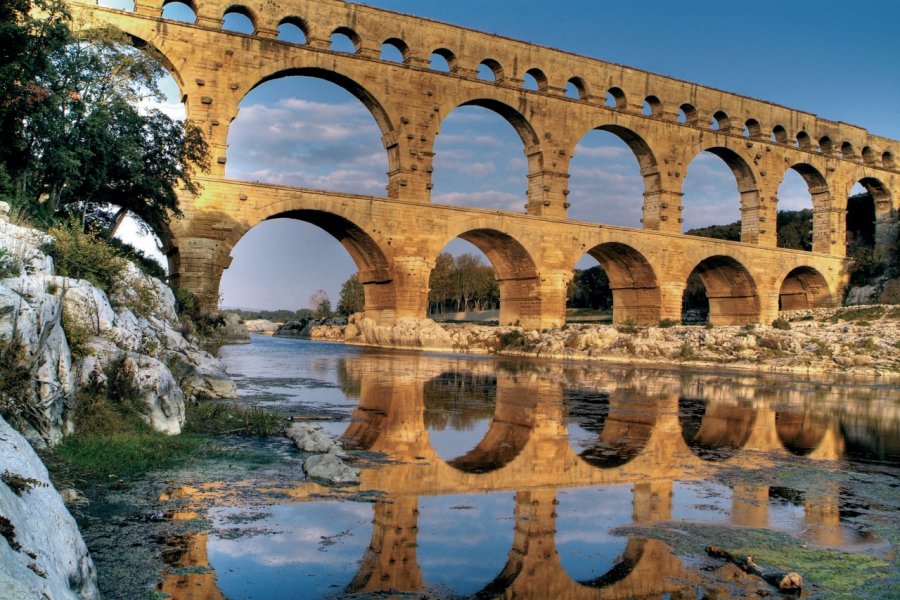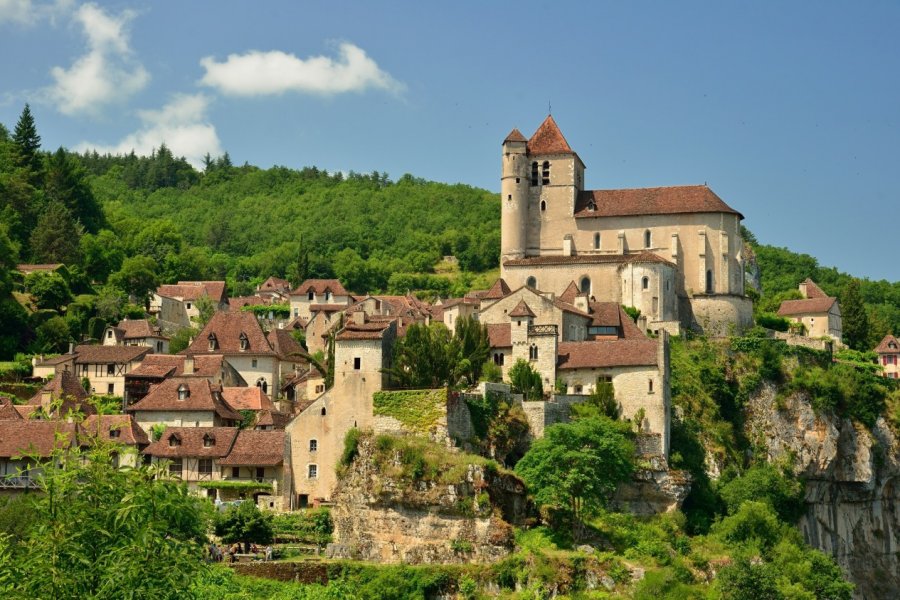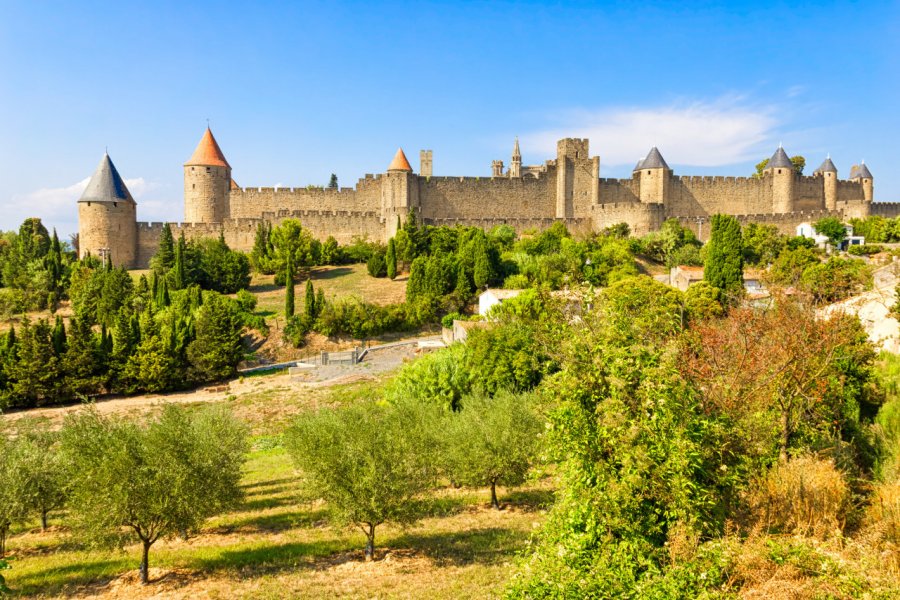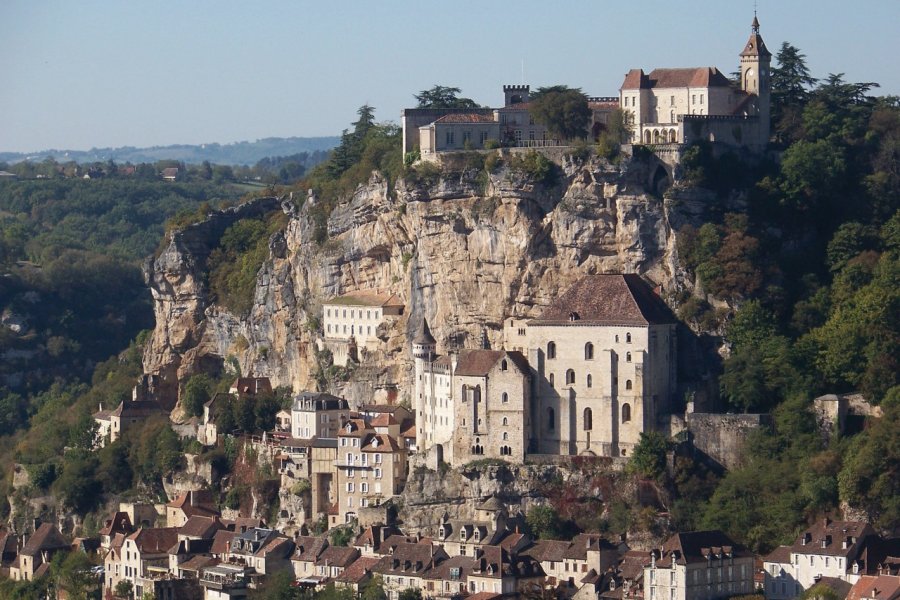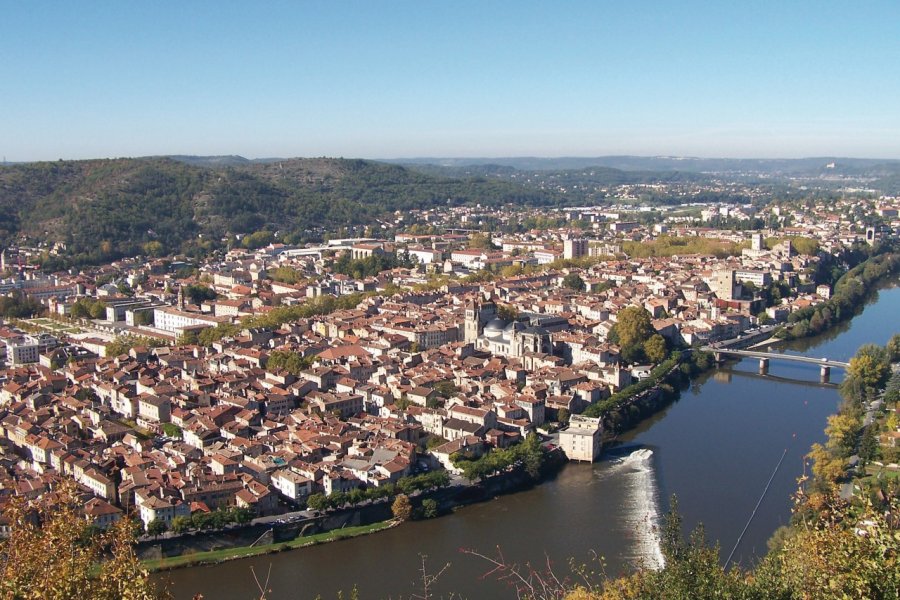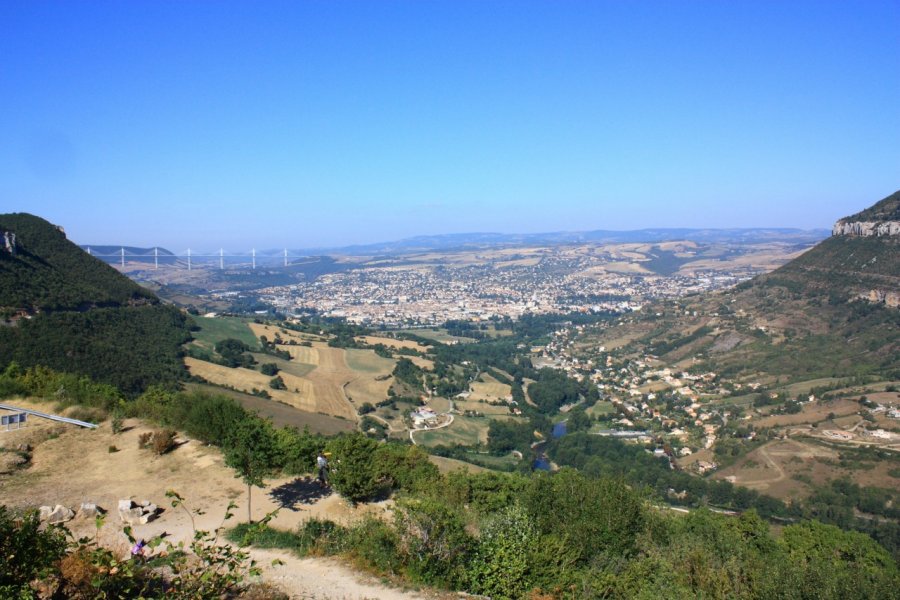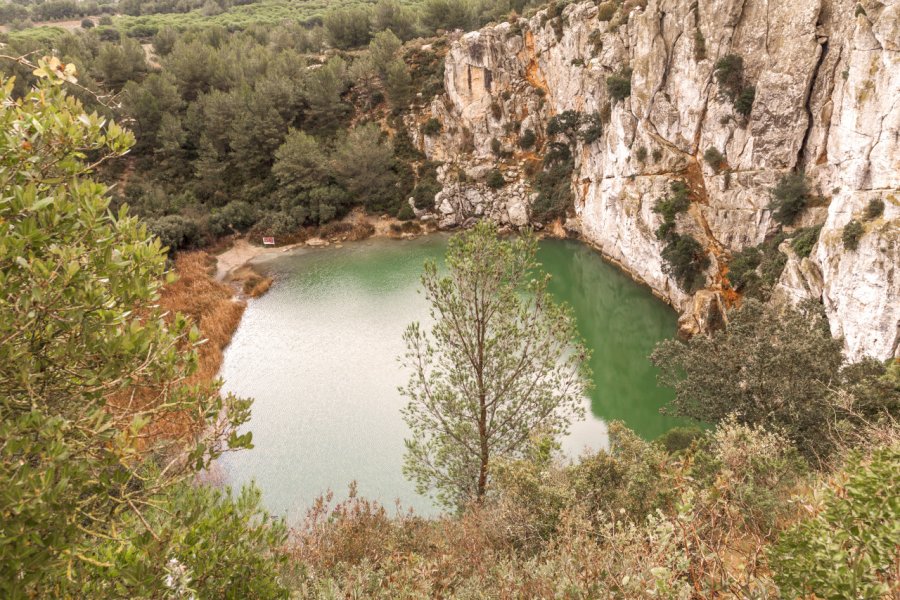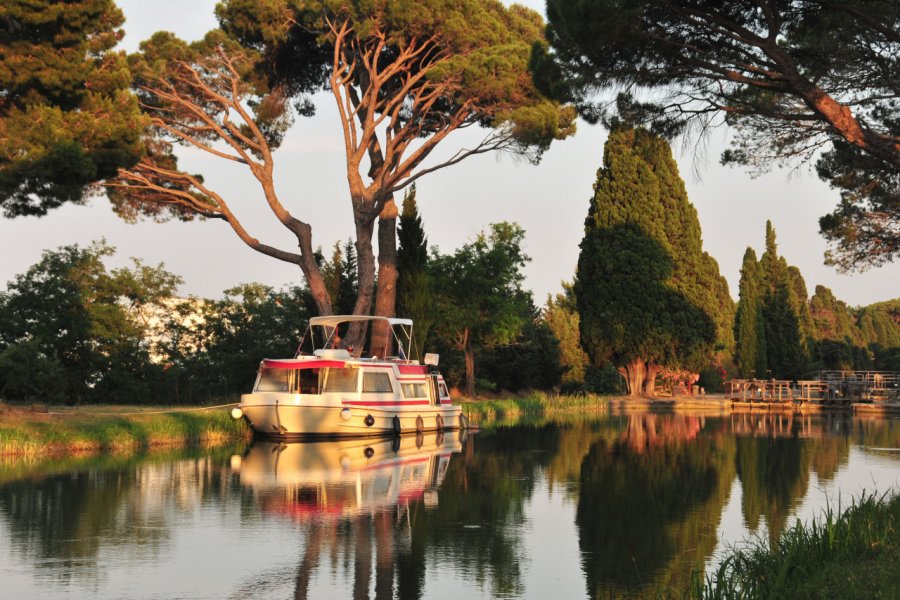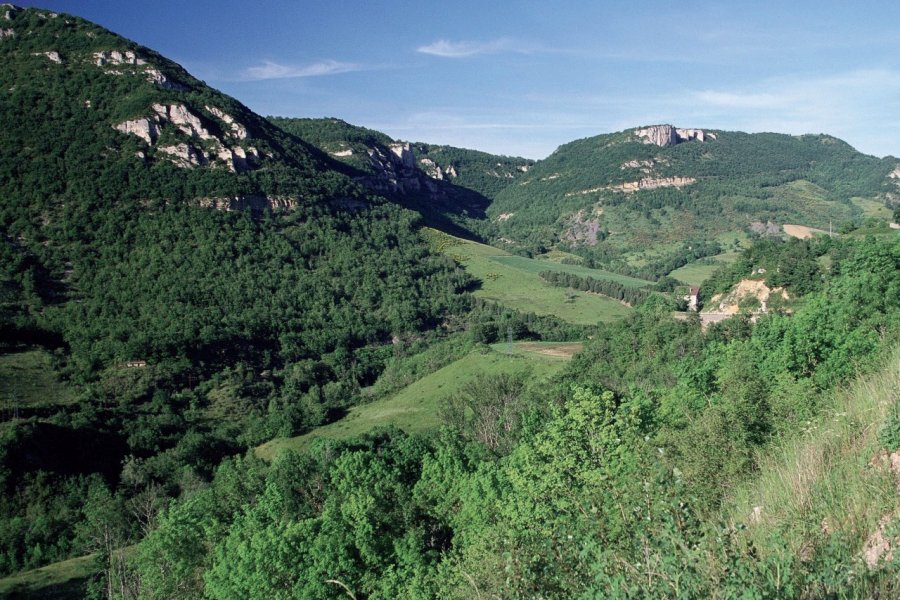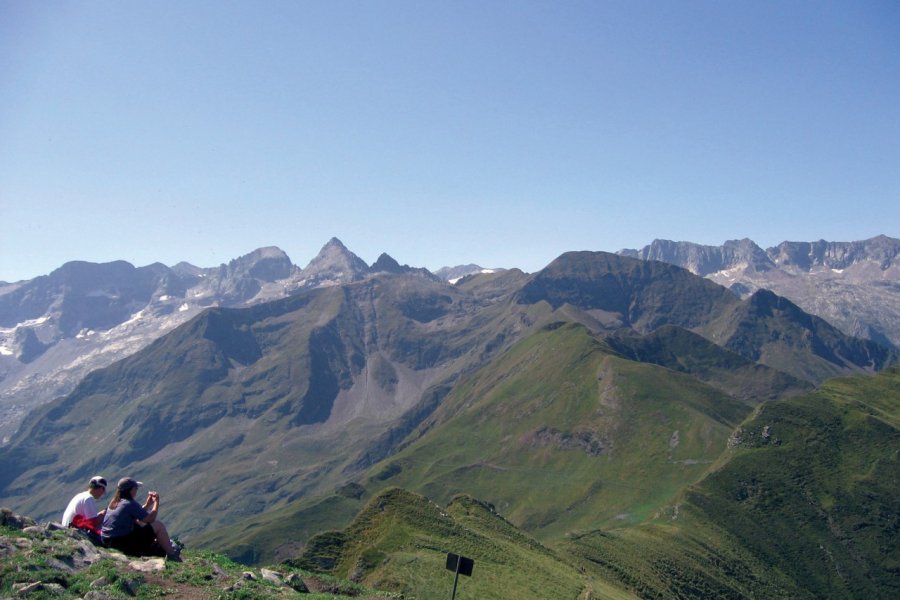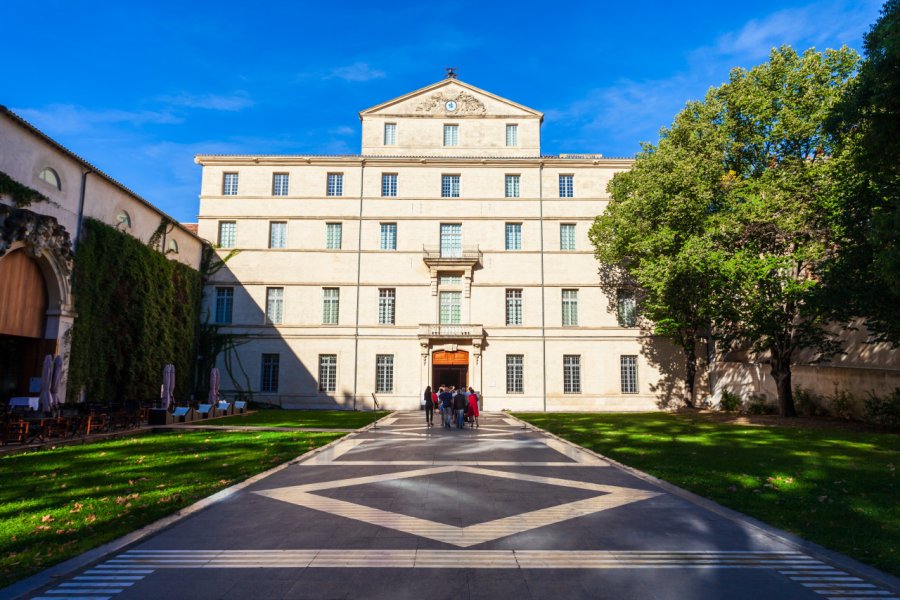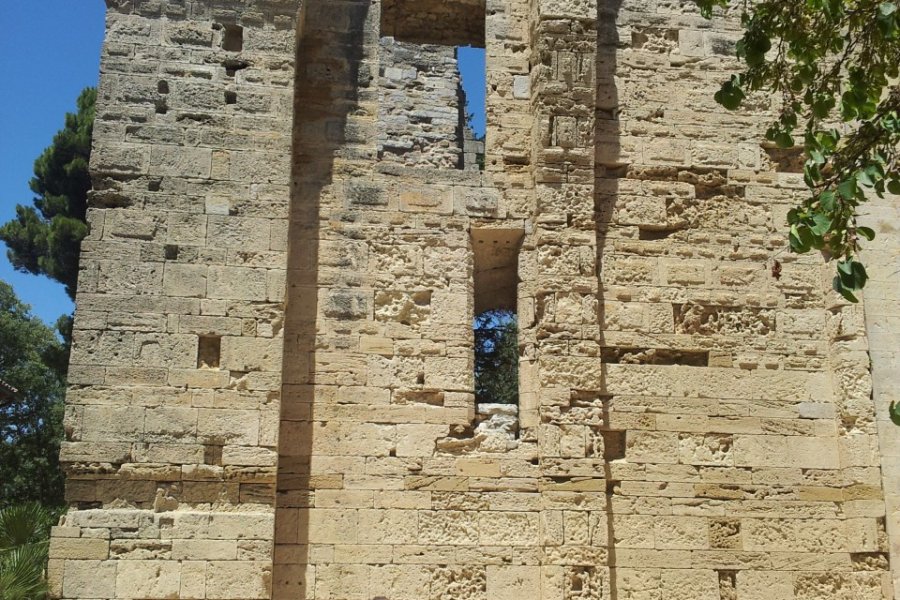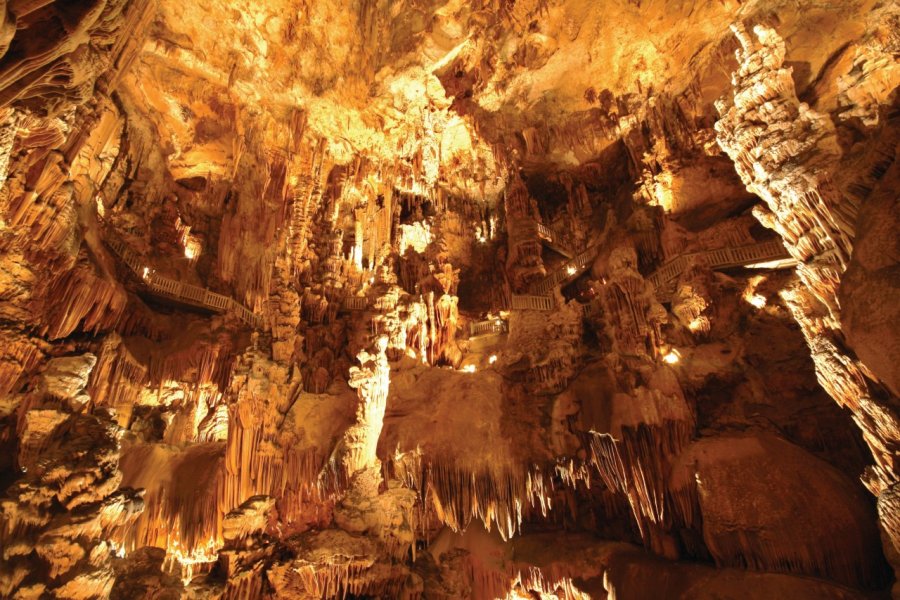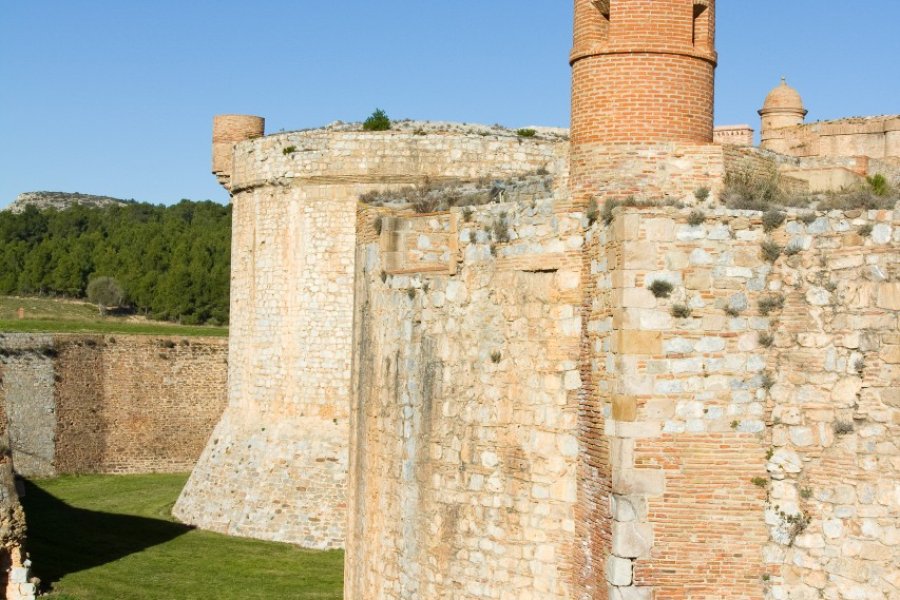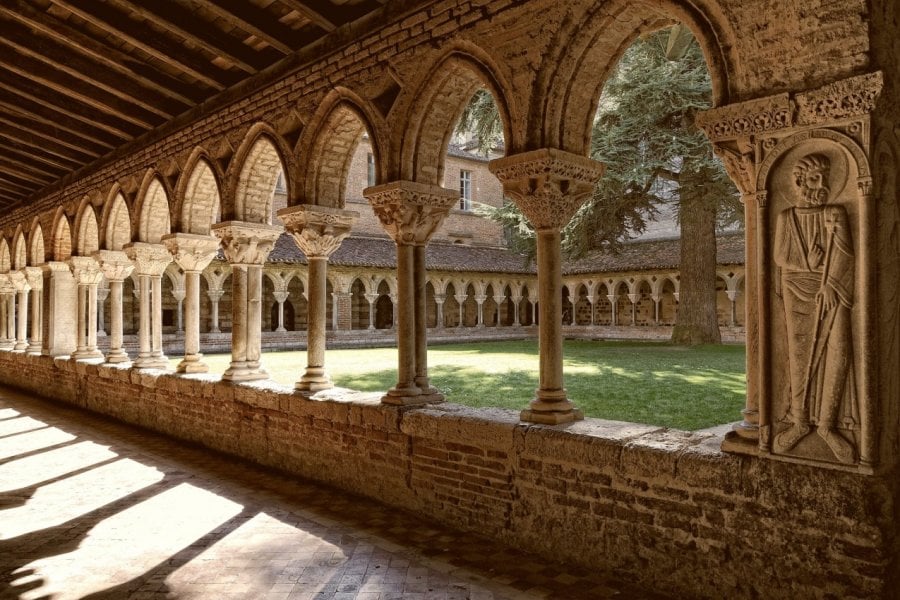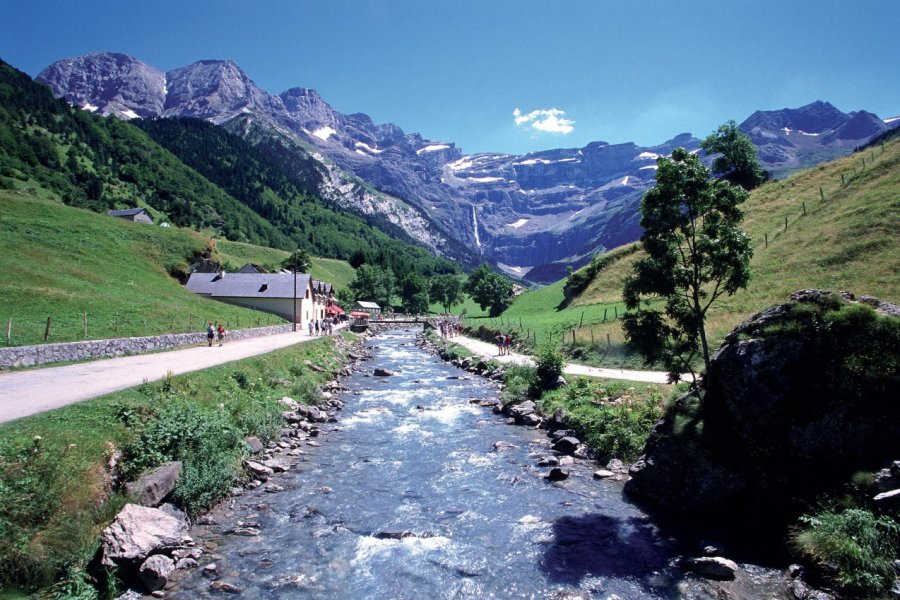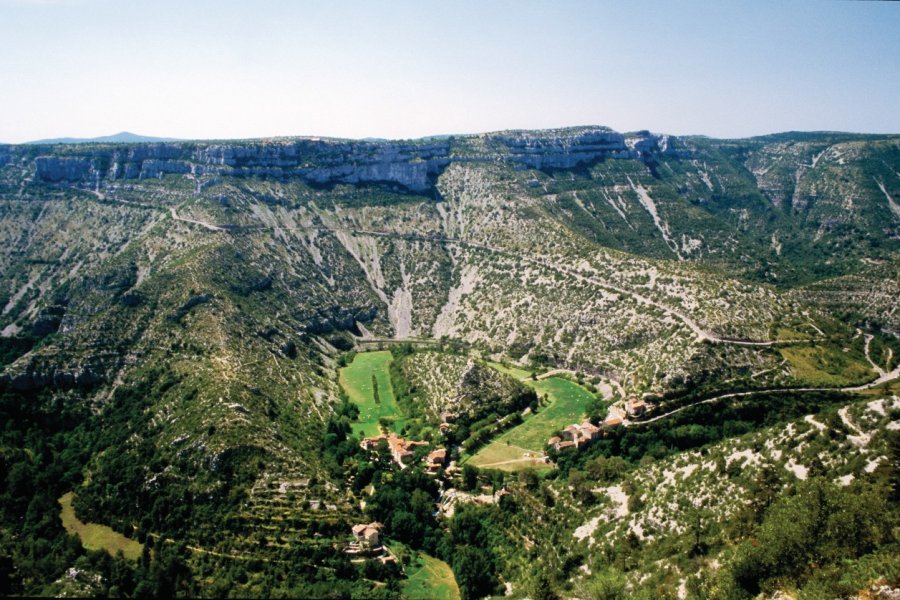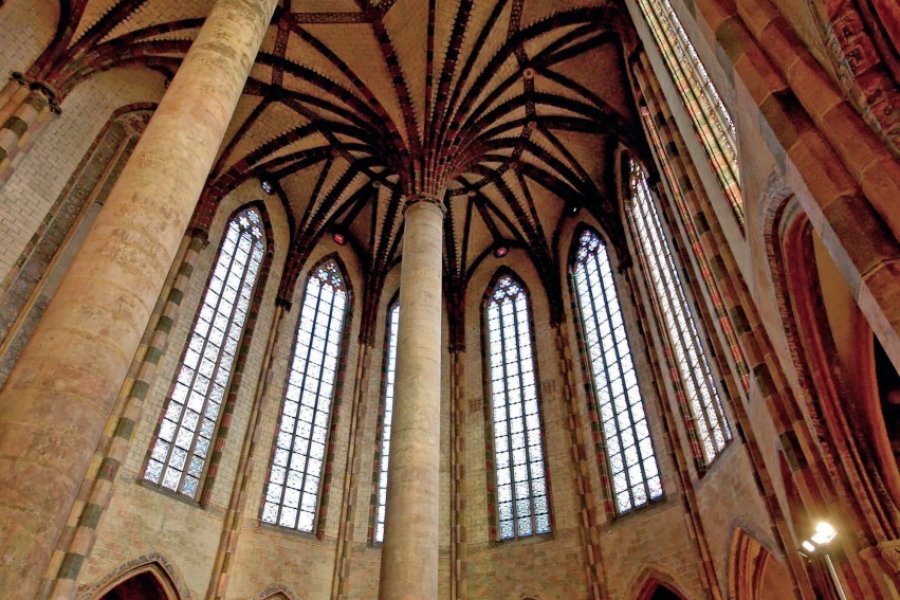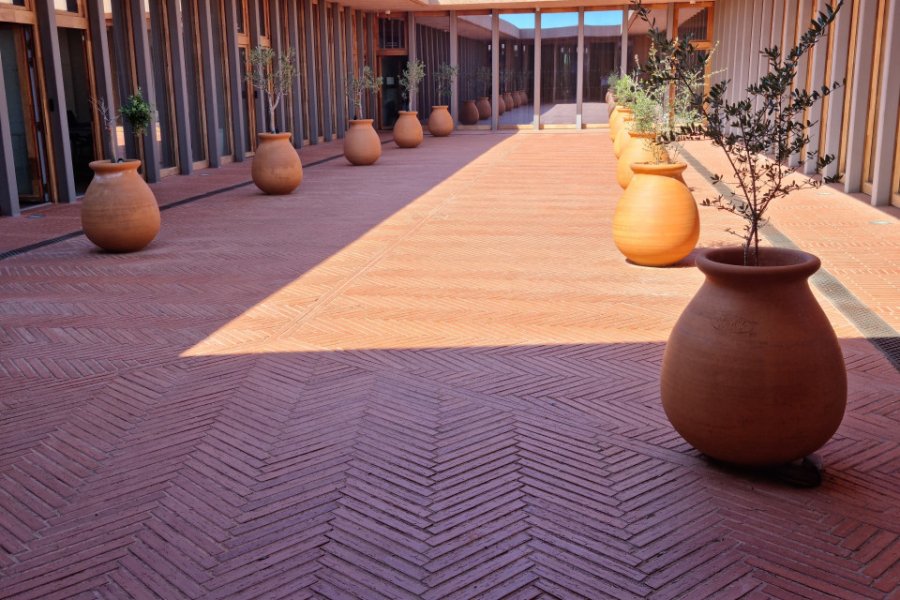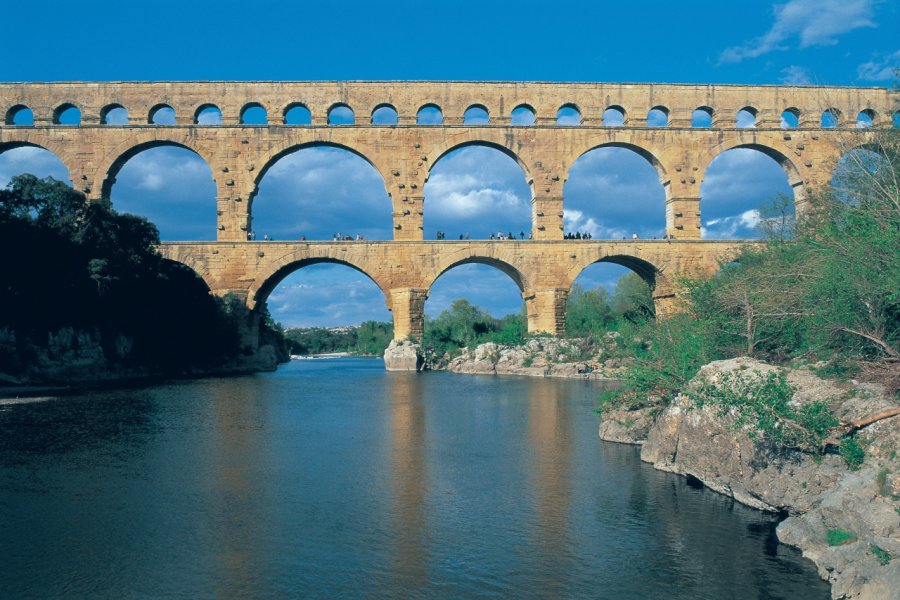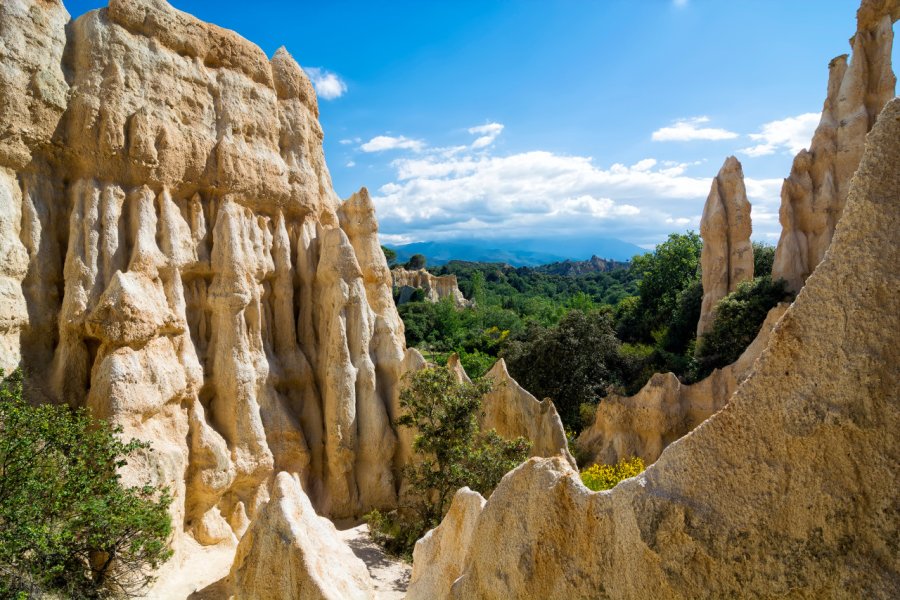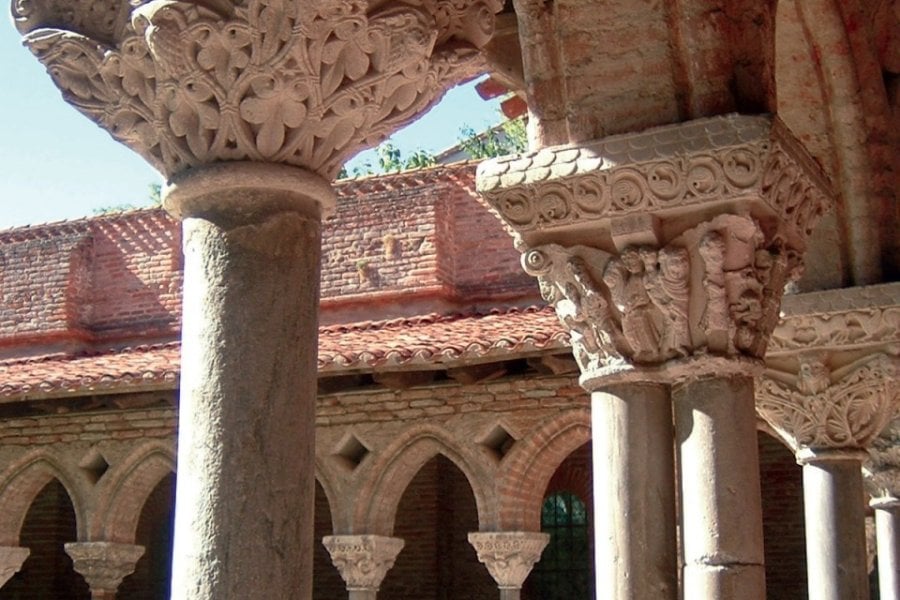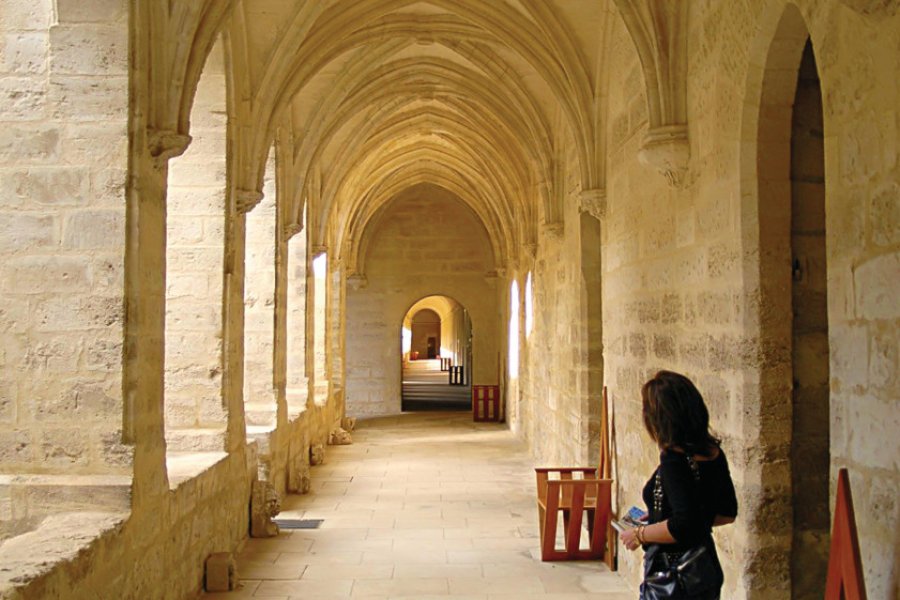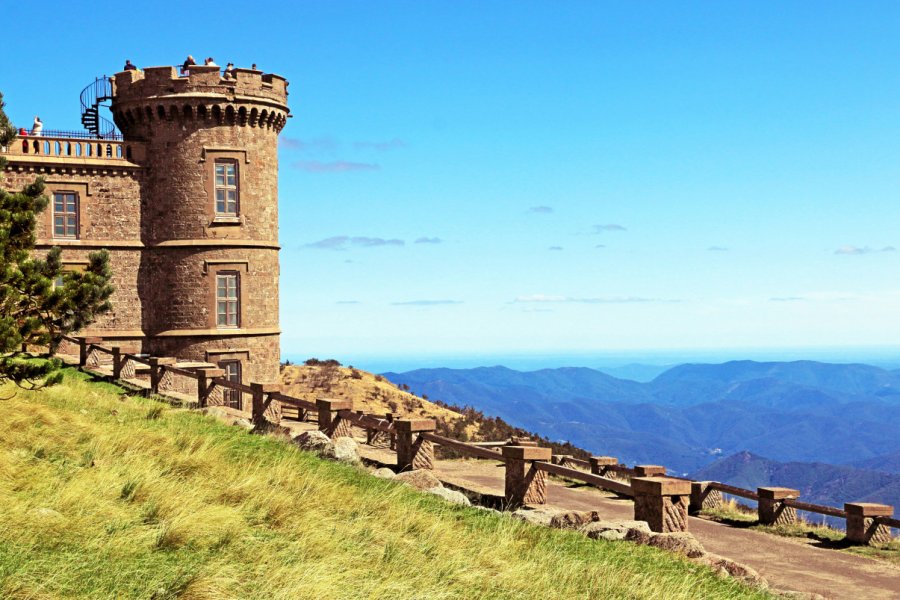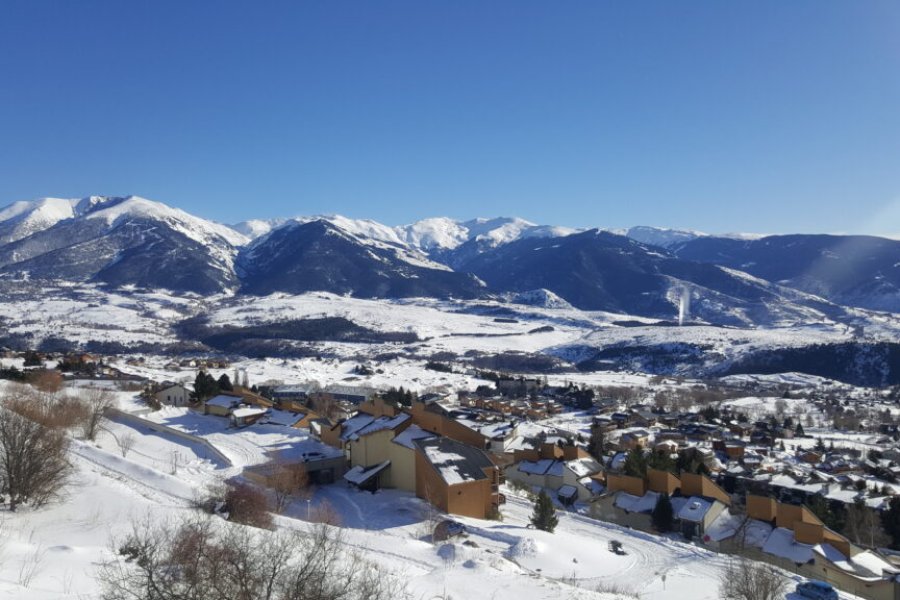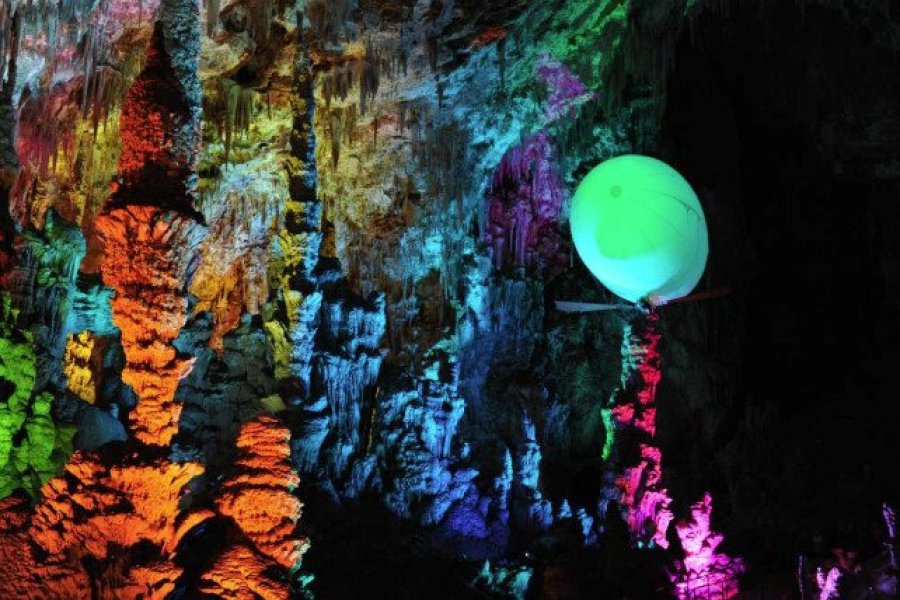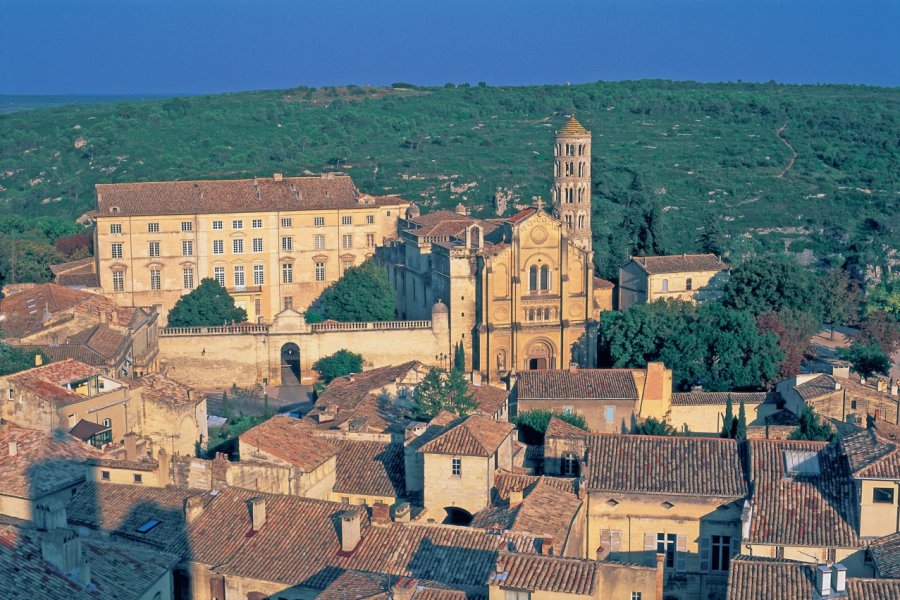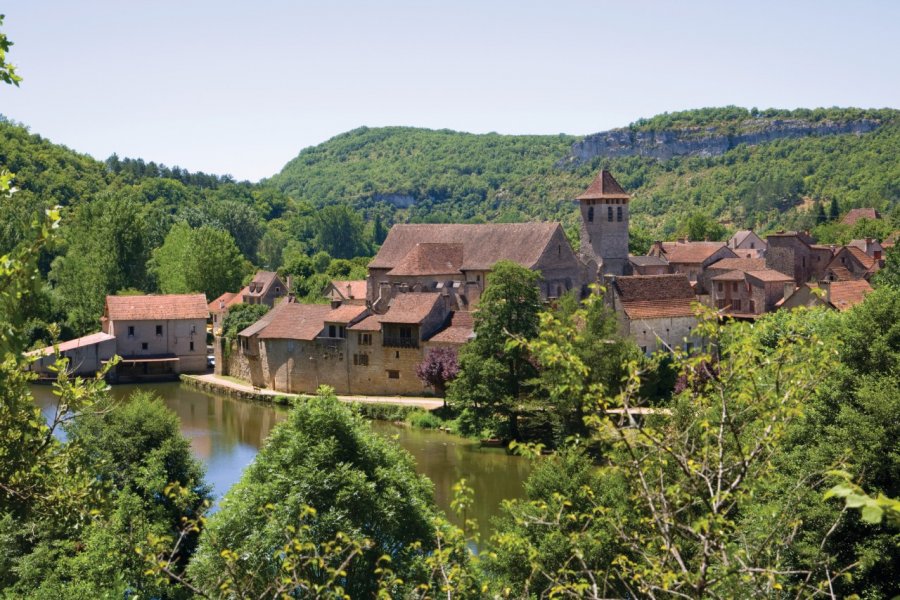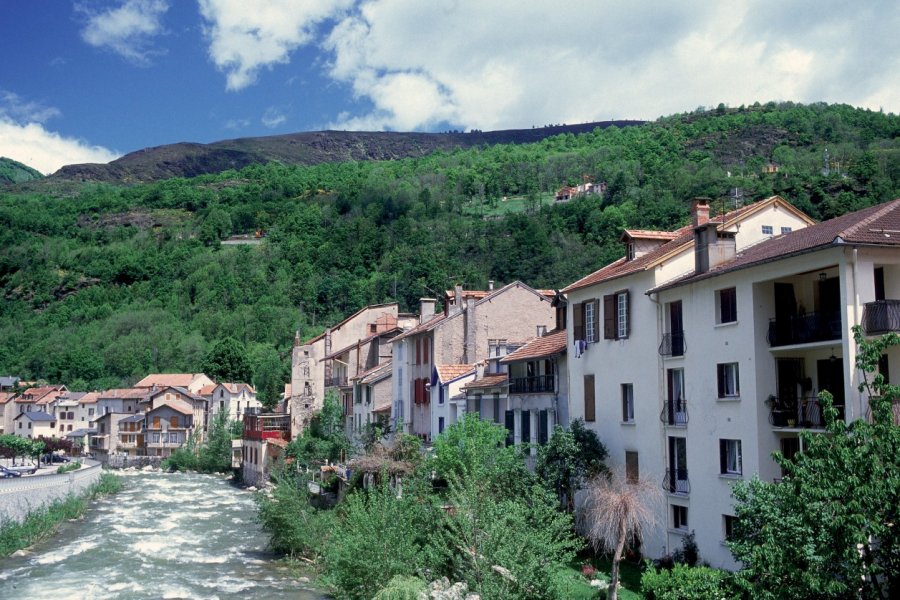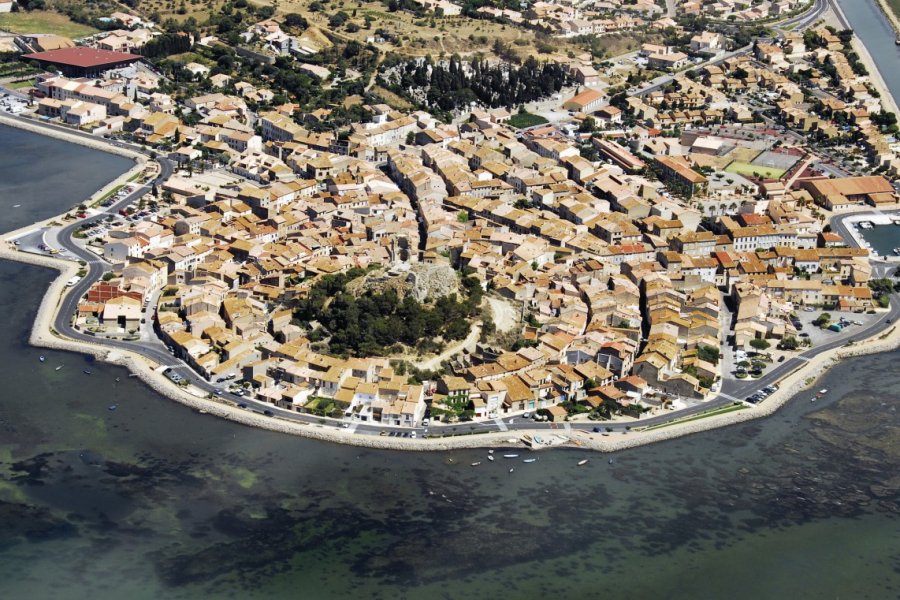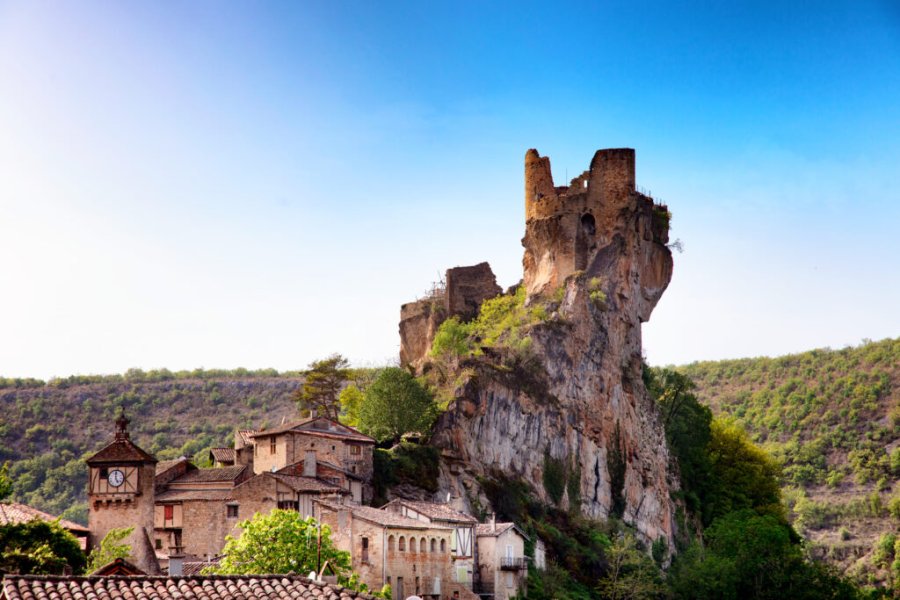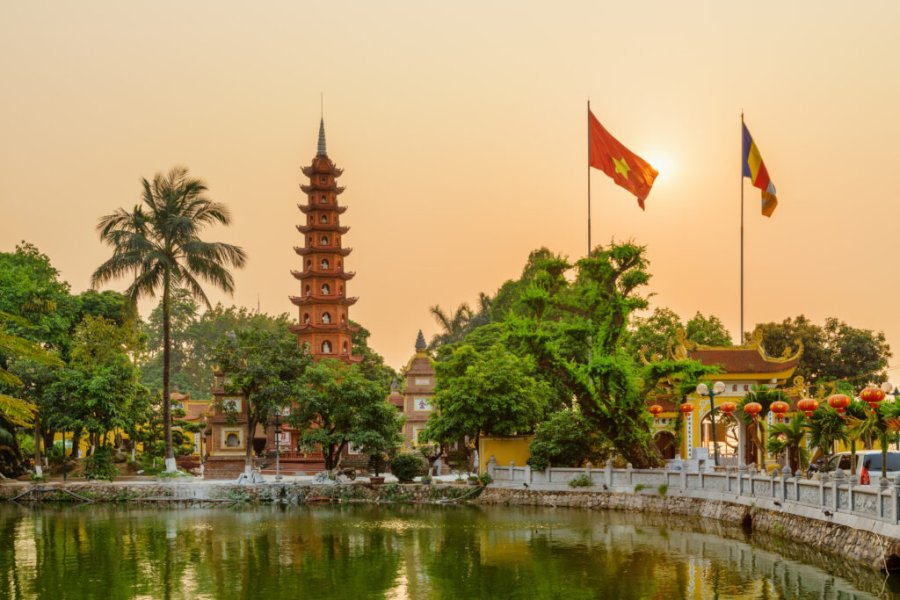Occitania, born from the merger of the former regions Languedoc-Roussillon and Midi-Pyrénées, has 13 departments. It spreads its natural and patrimonial treasures along its mountains, the Pyrenees which draw the border between France and Spain, its coastline which runs on more than 200 km from the Camargue to the Gulf of Lion, and in its lands which shelter dynamic, authentic and welcoming cities and villages.
A tourist guide to Occitania will not fail to remind you of the existence of a generous and preserved nature with, among others, two National Parks, six Regional Natural Parks and a Marine Park.
Among the jewels of Occitania, don't miss the Gorges du Tarn, the Petite Camargue, the Dordogne Valley, the Cevennes, Toulouse , the metropolis where life is good, as well as for its little sister Montpellier and its seaside neighbor, Sète, the City of Carcassonne, the Viaduct of Millau, the Pont du Gard...
Everywhere, the inhabitants, proud of their regional roots, are good-natured, spontaneous and welcoming, used to the Autan winds and the Tramontane, which you will not be able to escape.
It is also impossible not to discover the gastronomic and viticultural treasures of the region: foie gras, truffles, oysters, cheeses, anchovies, olives... not to mention the AOC Languedoc, AOC Corbières and AOC Côtes du Roussillon wines, the Côtes de Gascogne, Cahors and Gaillac wines, and the most famous of its spirits: Armagnac.

